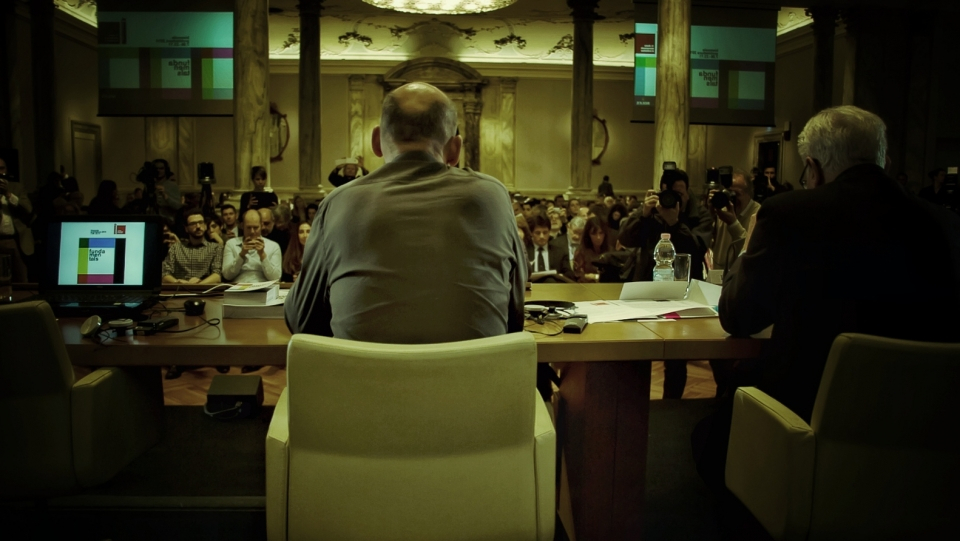ArchDaily had the chance to catch Rem Koolhaas and his son, Tomas Koolhaas, together, when they met for a weekend in Los Angeles. .... The pair reveal what their father-son relationship is like, how the profession of architecture and filmmaking inform each other, and shine a light on the challenges of filming a well-known family member. Work aside, what came across the most strongly throughout the conversation was the respect they had for each other’s craft, and their gratitude for the chance to work so intimately as father and son.
AD: What does a filmmaker have to consider when making a documentary about a family member?
Tomas: There’s the double-edged sword of working with someone you know so well. On one hand, there’s a side to Rem that’s exposed that no one else can capture.
But I know first-hand from working as a cinematographer for 15 years, that sometimes it goes really badly, and it can cause a lot of problems. When that happens on a film set where you’ve been hired you can just walk away, but when it’s with a family member, that can really cause tension in an important relationship. Any time you’re combining business and a super close familial relationship, you have to take that into account.
....
Tomas: It’s almost impossible to think in those terms about a human being you know so well but I will say that even though Rem and I haven’t had the same rigid, traditional, father-son relationship that some people have, I think that’s a positive thing in general. Because there’s always impositions on that sort of relationship, in terms of say discipline, stoicness, where you don’t get to see every side of someone because they are in a certain role.
Rem: Mmhmm. Yup.
Tomas: Through this I was able to see him in so many different ways that I wouldn’t have seen organically in a regular father-son situation.
AD: What’s an example of that?
Tomas: Take the swimming. I wouldn’t ordinarily go and watch Rem swim, but as you see in the film, Rem talks about how you watch someone in the water, how they move, and you really learn something from them through their body language. Because I could see him doing something I would not ordinarily be a part of, I could learn something about that person visually just by looking at them.
Rem: I also think there’s something else. He basically followed me to an enormous amount of professional conditions, basically me working, working alone, working on site, working on freezing sites, working on burning hot sites, and also witnessing maybe the most public moment of my life, when I was the director of the Biennale, which was really exceptional and out there in terms of both exposure and obligation to communicate and confront the press. He really attended moments of crisis and it was really extremely nice to have the feeling that somebody else was there.
....
